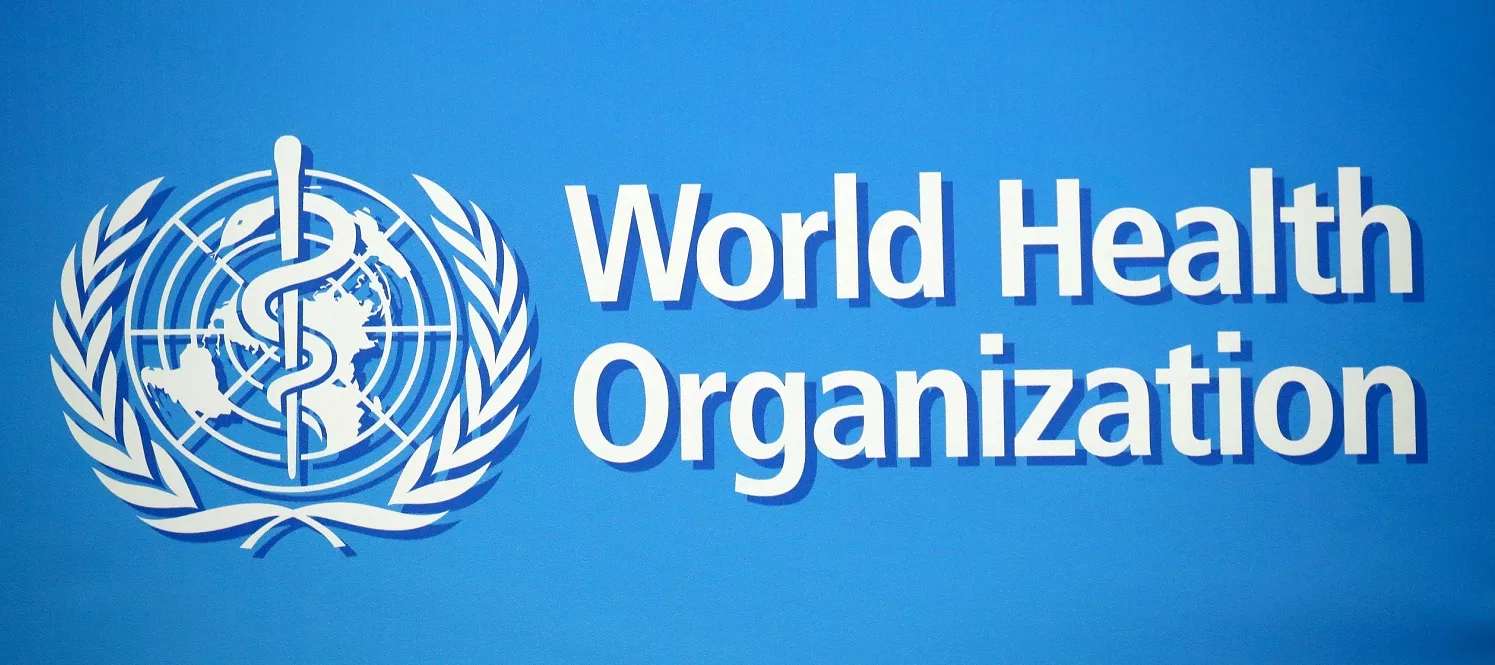How Artificial Intelligence is Changing Cerebral Palsy Diagnosis
Home > Our Blog > How Artificial Intelligence is Changing Cerebral Palsy Diagnosis

Cerebral palsy is the most common disability of movement and motor skills in childhood. Children with cerebral palsy grow up to be adults with cerebral palsy, often with significant disabilities. Diagnosis is challenging, but the earlier a child gets a diagnosis, the better their outcome. Researchers are now using AI to make early detection a reality.
A research team in Australia recently published the results of an AI technology used to help diagnose babies with cerebral palsy. The technology analyzes the movements of babies as captured by smartphones and submitted by their parents.
The study involved 327 infants between the ages of 12 and 18 weeks and videos that showed the babies on their backs making random movements. The technology does not diagnose CP, but it recognizes and flags abnormal or missing movements.
The study found that the technology could do this as well as a trained clinician. It identified important abnormal movements in 41 of the children in the study, which could then be used to flag the baby as being at risk for CP.
This tool could help improve access to and improve the speed of screening for cerebral palsy. Parents living in remote areas could have their children screened using the videos they take at home and a simple app called Baby Moves.
Researchers in Europe, part of the BornToGetThere project, are trying to close the gap in CP diagnosis between high-income and lower-income countries and communities. They have trained more medical professionals to use standard assessments, but now hope that AI tools will further increase access.
Access to diagnostic screening is limited in poor countries, even with more trained healthcare workers. An automated AI tool, researchers hope, could be a low-cost solution to getting more babies diagnosed worldwide. The tool could be used by even untrained workers to provide an initial screening.
The earlier a child receives a diagnosis of cerebral palsy, the sooner they can receive treatment. When children are diagnosed later, often after 18 months or longer, they miss a crucial window for treatment while the brain is most readily adaptive to changes.
In other words, earlier treatments are more effective. They help the brain adapt and change, resulting in better long-term outcomes for children. Early diagnosis is essential for beginning interventions during this critical neuroplastic period in the brain.
Another benefit of early diagnosis is that it allows researchers and physicians to track the development of associated conditions. Children with CP are at risk for comorbidities like hearing loss or epilepsy. More early diagnoses will help researchers learn more about when and how these develop, which should lead to better treatments or even preventative measures.
If you suspect your child might have cerebral palsy, talk to your pediatrician right away. Early detection and interventions can make all the difference.











